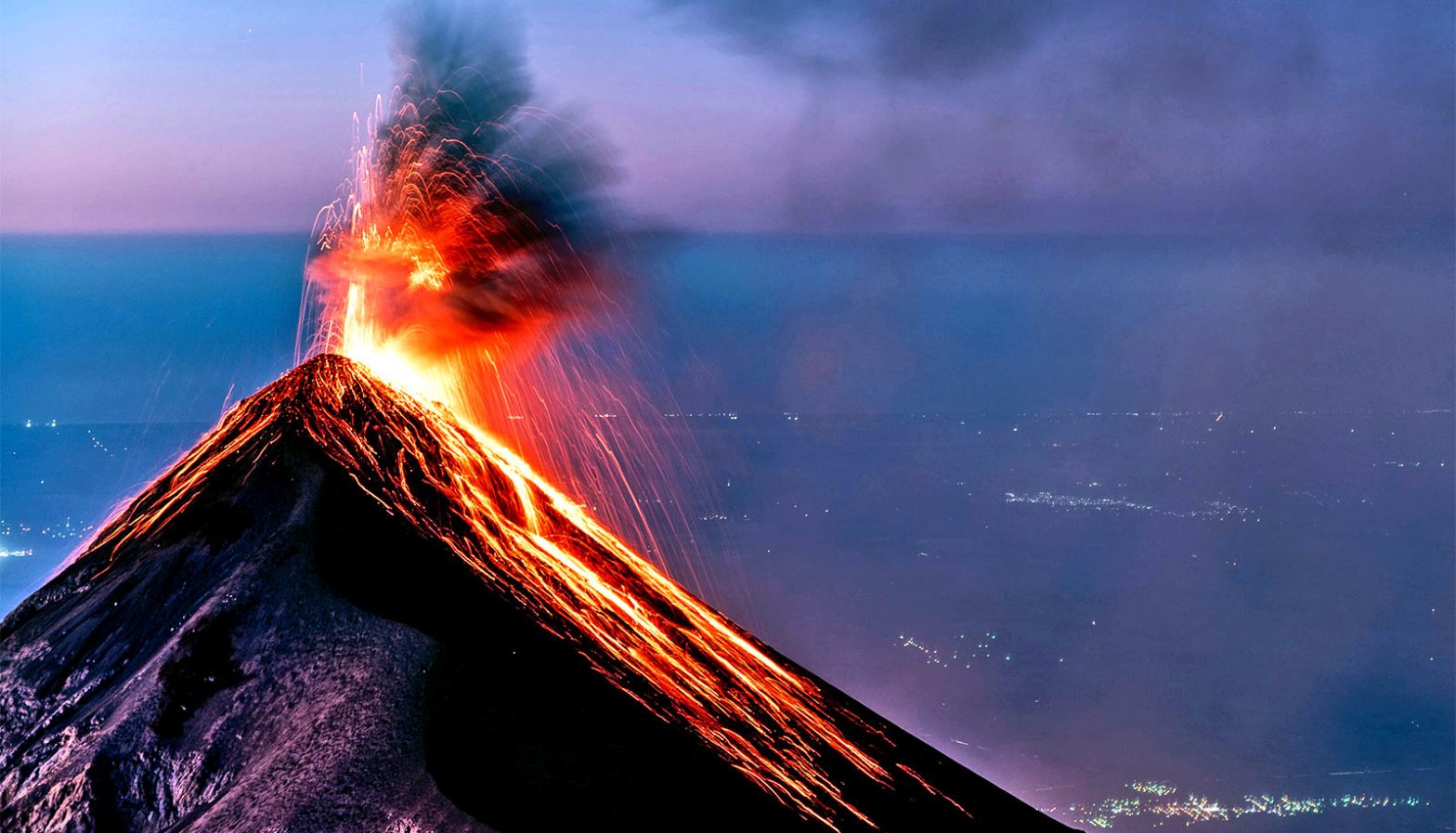
Canada’s Deadliest Volcanic Eruption in Connection with Scientific Geology
Canadian volcanologists discovered the source of a devastating eruption around 1640, killing thousands of civilians in what is now known as Yukon, Canada. The eruption of Tseax Cone, which is located on a remote peninsula on Canada’s Pacific coast, was one of the most significant eruptions to take place in North America in the past 10,000 years.
The geological study, published in the journal Nature Communications, used oral histories from the Haisla, First Nations people who lived in the area at the time of the eruption, as well as archaeological evidence from affected settlements.
The eruption was caused by a magma chamber under Tseax Cone rupturing and releasing a torrent of hot gas and ash. The disaster led to widespread famine and death, with estimates suggesting that up to 80% of the local population died.
“This was one of Canada’s deadliest volcanic eruptions,” said study author Dr Robert Zieja of the University of Alberta in Canada.
“The eruption killed thousands and left communities devastated, which is why it is important to study this event in detail. We were able to use the oral histories and archaeological data to pinpoint the source of the eruption and learn more about how it unfolded.”


